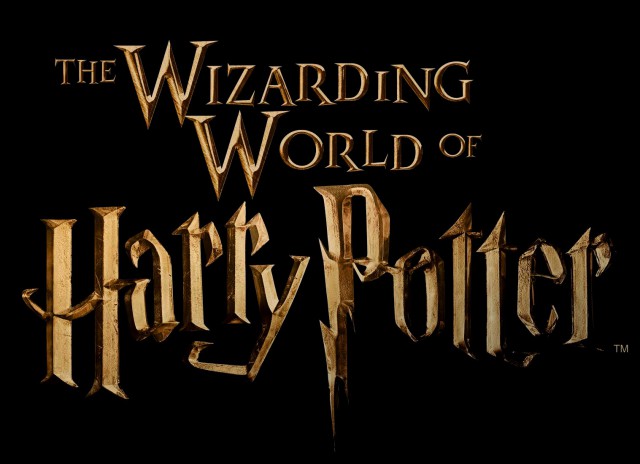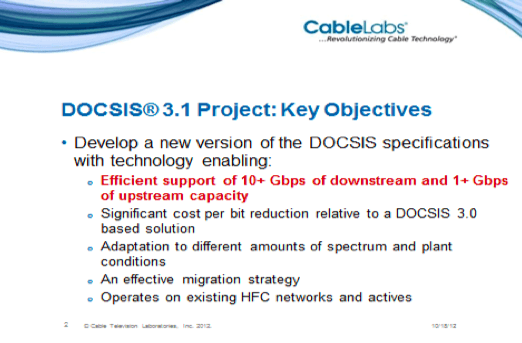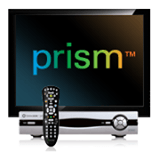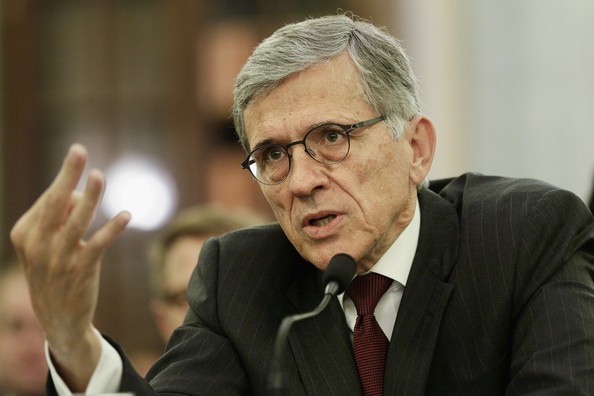 Comcast is taking its well-known reputation for being loathed in the cable business to the world of theme parks, where a trip to Comcast-owned Universal Studios Hollywood will now cost visitors 21% more for a walk-up one-day pass.
Comcast is taking its well-known reputation for being loathed in the cable business to the world of theme parks, where a trip to Comcast-owned Universal Studios Hollywood will now cost visitors 21% more for a walk-up one-day pass.
The cable operator believes it has left your money on the table, under charging for visits to the popular tourist destination. It has corrected that with the introduction of “on-demand pricing,” just a few weeks before the April 7 opening of its new Harry Potter attractions.
Steve Burke, who runs Comcast’s theme park and entertainment divisions, realized Comcast has “underestimated the theme parks business.” So it has raised prices… a lot, just in time for the arrival of The Wizarding World of Harry Potter, featuring a giant castle, magic wand shops and a simulated ride on a broomstick that has caused even seasoned employees at the park to retch.
Also likely to turn stomachs is the new $115 per adult one-day pass price. One theme park designer told Bloomberg News he anticipated Harry Potter-related attractions will bring at least one million new visitors to the park, which will deliver a handsome $115 million to Comcast’s coffers.
Those looking for a less expensive ticket will need to plan well ahead and visit when park attendance is at its lowest, typically on weekdays. The new “on-demand pricing” means visitors will buy tickets like airline seats. Monday-Friday visits in April will cost $95, according to the website. Advance purchases of tickets good only on a specified Saturday or Sunday cost $105. If you don’t want to wait in line, you can buy “front of the line” passes for $179-239 per person. The $115 ticket is what visitors will get when they don’t buy tickets in advance.
But Comcast stands ready to collect even more from your visit, from food and beverage sales to ubiquitous Harry Potter merchandise. An “interactive wand” will set you back $48, a Hogwarts-approved tie costs $32, and a wizarding robe will make your pocketbook disappear at $110 each.
Comcast isn’t the only theme park owner in a hurry to raise rates. Variable pricing has also taken hold at Walt Disney theme parks. Ticket price inflation is already putting a strain on many visitors’ vacation budgets. At the Magic Kingdom in Walt Disney World in Orlando, single-day adult admission rose from $85 in 2011 to $89 in 2012, $95 in 2013, $99 in 2014, to $105 in 2015.


 Subscribe
Subscribe When reviewing your latest Comcast cable bill with overlimit fees on it (or a $30-35 upcharge to buy their insurance plan to keep extra fees off your bill), did you realize you are part of the Usage Economy?
When reviewing your latest Comcast cable bill with overlimit fees on it (or a $30-35 upcharge to buy their insurance plan to keep extra fees off your bill), did you realize you are part of the Usage Economy?
 CenturyLink is planning to trial usage caps on its broadband service later this year, not to reduce congestion or to bank the extra money for service upgrades, but to boost revenue and profits.
CenturyLink is planning to trial usage caps on its broadband service later this year, not to reduce congestion or to bank the extra money for service upgrades, but to boost revenue and profits.
 CenturyLink now has 940,000 households connected to its Gigabit Passive Optical Network (GPON), many for its Prism TV service. Another 490,000 businesses also have access to CenturyLink’s GPON network, primarily for broadband. Post claims more than 30% of the company’s service area is now served with broadband speeds of 40Mbps or greater.
CenturyLink now has 940,000 households connected to its Gigabit Passive Optical Network (GPON), many for its Prism TV service. Another 490,000 businesses also have access to CenturyLink’s GPON network, primarily for broadband. Post claims more than 30% of the company’s service area is now served with broadband speeds of 40Mbps or greater.
